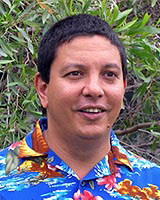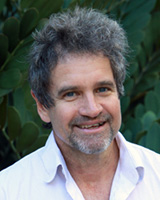Abstract
Introduction: Although all James Cook University (JCU) medical students complete multiple rural placements, some undertake extended 5–10 month rural placements in their final year. This study uses return-on-investment (ROI) methodology to quantify student and rural medical workforce benefits of these ‘extended placements’ from 2012 to 2018.
Methods: Forty-six medical graduates were sent a survey exploring the benefits to students and to the rural workforce from participation in extended placements, as well as estimated costs to students, deadweight (how much change would have occurred without participating), and attribution (how much change was due to other experiences). The key student and rural workforce benefits were each assigned a ‘financial proxy’ to allow calculation of ROI as a dollar value that could be compared with the costs to students and to the medical school.
Results: Of the graduates, 25/46 responded (54%), reporting the major benefit was ‘greater depth and breadth of clinical skills’. The overall cost of undertaking extended placements for students was $60,264 (AUD), while the medical school costs were $32,560 (total costs: $92,824). Given the total value of benefits ($705,827) calculated for the key student benefit of increased clinical skills and confidence in the internship year ($32,197) and for the key rural workforce benefit of willingness to work rurally ($673,630), the ROI from the extended rural programs is $7.60 for every dollar spent.
Discussion: This study confirms significant positive impacts of extended placements on final-year medical students with longer-term benefits for rural workforce. This positive ROI is important evidence for shifting the conversation around supporting extended placements from one of cost to one of value.
You might also be interested in:
2020 - Development of the Rural Generalist Program Japan: meeting the needs of Japanese rural communities
2017 - Health care in high school athletics in West Virginia



